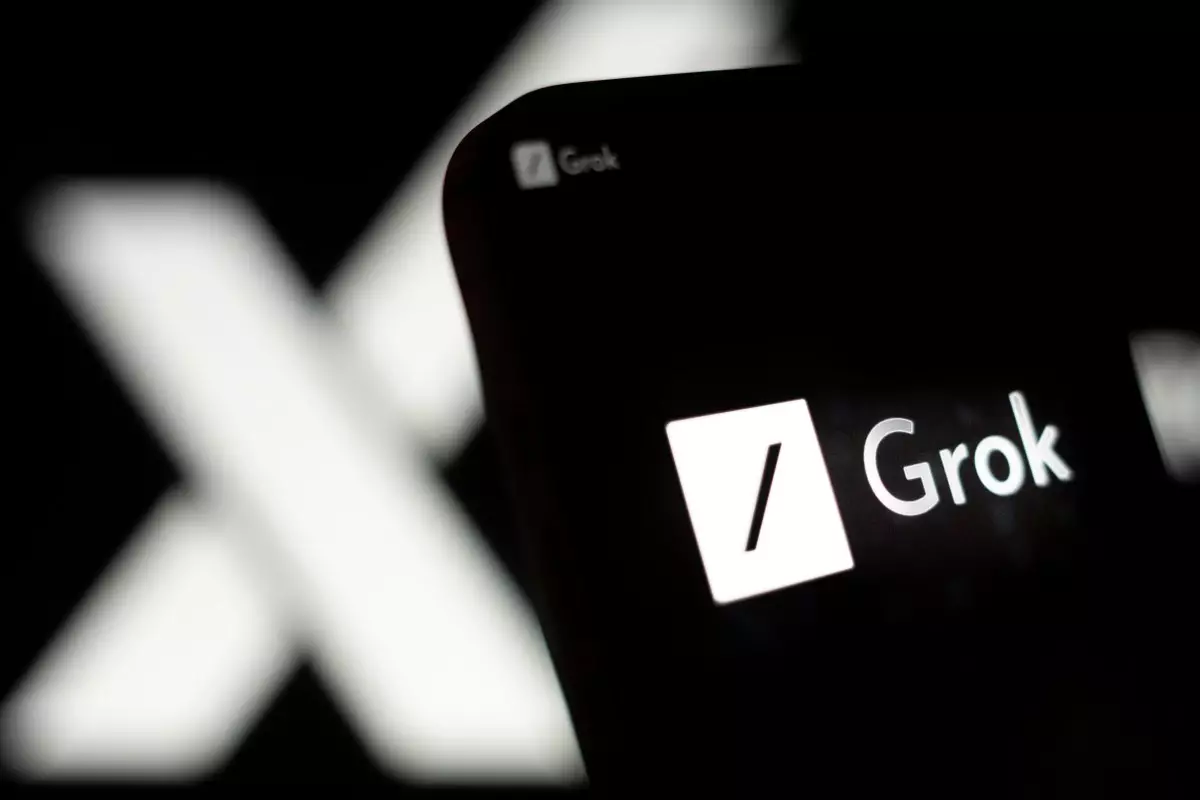In the ever-evolving world of artificial intelligence, social network X, notably backed by Elon Musk’s xAI, has made headway by introducing its AI chatbot Grok. Initially, Grok was exclusive to premium users, essentially creating a divide between users who could afford the service and those who could not. However, recent developments indicate a shift towards inclusivity, as the platform appears ready to expand Grok’s access to free users, signaling a strategic move aimed at increasing its user base and enhancing feedback mechanisms.
Over the past weekend, chatter among app researchers hinted at the rollout of Grok’s free version in select regions, with New Zealand being a focal point for testing. This evolution appears significant, especially given the restrictions placed on free users—limited to 10 queries per two hours on the Grok-2 model and even fewer queries with its mini variant, alongside a slight allowance for image analysis. These limitations imply a cautious approach to ensure that the server and operational capacities can handle the potential influx of new users without compromising performance.
Grok was undoubtedly designed to offer advanced capabilities. Launched with the Grok-2 model in August, its features include not only chat functionality but also the ability to generate and analyze images. This integration is powered by Black Forest Labs’ FLUX.1 model, which amplifies misunderstanding of complex visual inputs. Such technology places Grok in direct competition with established AI models like ChatGPT, Claude, and Gemini. By enabling a free version, xAI possibly aims to gather valuable data regarding user interaction and satisfaction, which in turn can inform future iterations of Grok and improve user experience.
The decision to open Grok to non-paying users could strategically reposition xAI in the competitive landscape of AI chatbots. While exclusivity initially positioned Grok as a premium product, accessibility could potentially democratize the tool, equipping a larger audience with AI capabilities. The business implications extend beyond just user accessibility; the Wall Street Journal’s recent report highlighted xAI’s ambition to raise capital, aiming for a staggering $40 billion valuation. This goal will require a robust and diverse user base, which a free version of Grok could help achieve.
The integration of Grok into a more accessible format reflects broader trends in the AI industry, where user feedback is paramount for development and success. As xAI ventures into this expanded accessibility, the repercussions could be far-reaching, shaping not only Grok’s future but also the overall trajectory of AI chatbot technology. Engaging with a wider audience could lead to more substantive improvements and innovations in AI, ensuring that services remain relevant in a fast-paced technological climate. Ultimately, these strategic shifts could redefine user interaction with AI, potentially altering the dynamics of competition in the marketplace for years to come.

